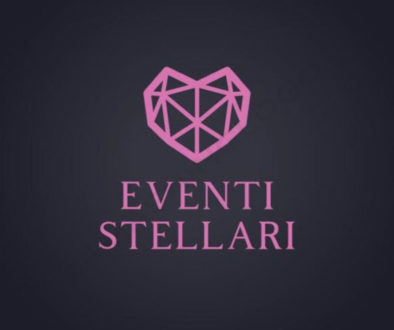The role of the five senses in the event design

??
The role of the five senses in the event design
When creating a memorable experience for the attendees of an event, it is crucial to engage their five senses. Attendees must connect with the event and feel emerged, and there is no better way that engaging them through the five senses:
-Sight: the use of visual content to stimulate the sense of sight. Social media technologies are now very popular. By creating an engaging path, event designers ensure attendees’ interaction and encourage them to share content of the event on their social media.
By setting up the perfect environment for taking photos and creating a custom hashtag, the attendees will engage with your event and will get the event out there on social media channels in real-time.
-Hearing: it is important to create the perfect mood for the attendees by having the right kind of sounds and music, by understanding very well the target audience of the event the event designer will be able to create the best audio experience they can have.
-Taste: Choosing the right catering is essential when planning an event, attendees are willing to taste what the event has to offer. Take into account the dietary preferences of every attendee and ensure they will be taken care of to show that the event organisers really care.
-Smell: The selection of a fragrance at the event venue is very important, as it will involve the sense of smell of the customers and therefore the association and perception of the brand. Choosing the right smell will depend on the theme, venue and size of attendees.
-Touch: the physical reality of the event. While considering the visual aspects of the decor furniture and other physical objects, it is important to remember that the attendees will interact with these objects somehow. Ensure that the feel is right by selecting the best textures and the right shapes. For instance: provide comfortable furniture for the delegates to network.
??
El papel de los cinco sentidos en el diseño de eventos
Cuando queremos crear experiencias memorables para los invitados de un evento, es crucial involucrar sus cinco sentidos. Los asistentes deben conectar con el evento y sentirse sumergidos, y no hay mejor forma de hacer esto que a través de los cinco sentidos:
-Vista: el uso de contenido visual para estimular el sentido de la vista. Las tecnologías de las redes sociales son ahora muy populares y creando un escenario atractivo nos aseguramos de que los asistentes interactuarán en las redes sociales y compartirán el contenido del evento.
Cuando se crea un perfecto ambiente para tomar fotos y también se crea un hashtag específico para el evento, nos aseguramos de que los asistentes participarán de forma activa en las redes sociales y otros canales, y además lo hará en tiempo real, con lo cual nos ayudarán a promocionar y darle mucha más popularidad al evento.
-Oído: es muy importante crear el perfecto estado anímico a través de los sonidos y la música más adecuados para el evento. Entender muy bien el tipo de audiencia del evento es muy importante a la hora de elegir la mejor experiencia de audio.
-Gusto: es esencial elegir el tipo de comida más adecuado a la hora de planear un evento, ya que los asistentes estarán deseando probar que se ofrece. Hay que tomar en cuenta las preferencias alimentarias de cada asistente y asegurarse de que cada una es tomada con seriedad para demostrar la profesionalidad de los organizadores del evento.
-Olfato: la selección de fragancias en el lugar del evento es muy importante, ya que será una de las formas en que los asistentes nos percibirán y nos asociarán de una manera inconsciente a una emoción u otra. La elección de la fragancia dependerá del tipo de evento, lugar y número de asistentes.
-Tacto: es la realidad física del evento. Además de considerar los aspectos visuales de la decoración, los muebles y otros objetos físicos, es también importante recordar que los asistentes interactuarán con estos objetos físicos durante el evento. Debemos asegurarnos que a la hora de tocarlos la sensación es correcta, a través de la mejor selección de texturas y formas. Por ejemplo; proporcionar muebles cómodos para que los asistentes se sientan bien a la hora de relacionarse e interactuar con otras personas.



